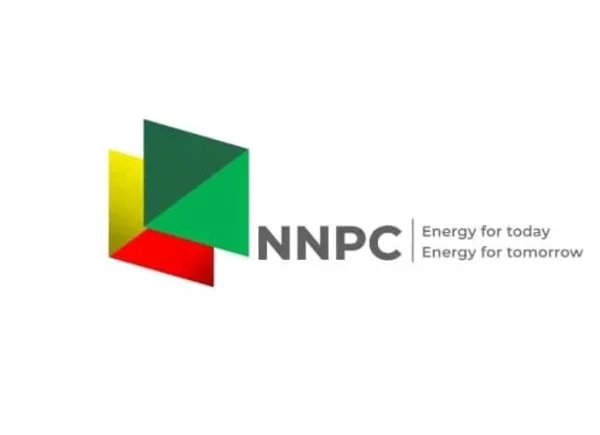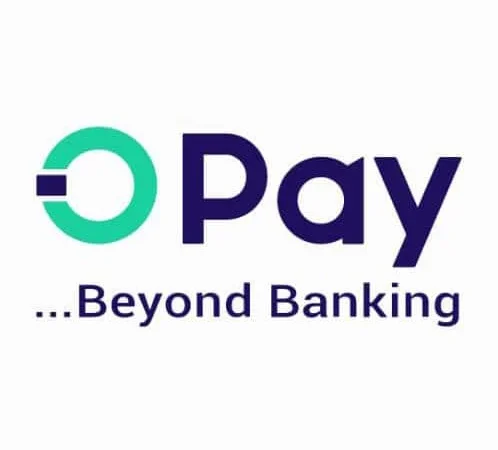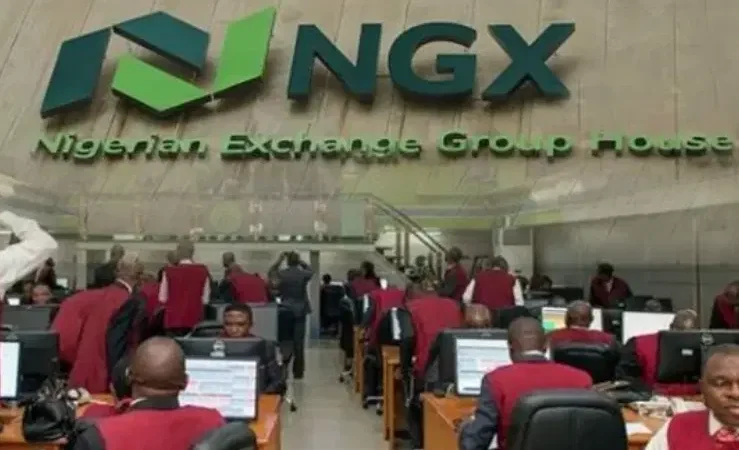Commercial paper market jumps 107% to N1.58tn

The value of new listings of commercial papers in the first seven months of 2025 more than doubled compared to the same period in 2024 to hit N1.58tn.
The PUNCH analysis of the FMDQ Financial Markets Monthly report indicated that the CP market grew with significant highs in March, May, and July 2025 as businesses resort to short-term financing to ease funding pressure.
According to Corporate Finance, commercial paper refers to a short-term, unsecured debt obligation that is issued by financial institutions and large corporations to finance their payrolls, payables, inventories, and other short-term liabilities.
At the end of July, the value of new listings of CPs stood at N1.58tn, about 107.16 per cent higher than the N763.43bn from January to July 2024. The months of March and July 2025 saw huge spikes (+270.9 per cent and +1,686 per cent, respectively). Combined, they account for 46 per cent of the total 2025 new listings thus far
Declines in new CP listings were recorded in January and April 2025 as they dropped 4.8 per cent and 3.9 per cent, respectively.
In terms of the outstanding value of admitted CPs, the report stated that while CP maturities totalled N112.94bn at the end of July, the total outstanding value of CPs increased by 15.30 per cent (N204.96bn) month-on-month to N1.54tn.
Some of the businesses that tapped the commercial paper market in the first seven months of this year were in the manufacturing and financial services sectors. They include firms like Lucky Fibres, DLM Capital, MTN Nigeria, Lagos Free Zone, Robust International Commodities, SG Holdings, Coleman Technical Industries, Addosser Microfinance Bank, C&I Leasing PLC, Citibank Nigeria Limited, Access Bank, FSDH Merchant Bank, Stanbic IBTC Bank Limited, Alert Microfinance Bank, First City Monument Bank Limited, Fidson Healthcare PLC, Providus Bank Limited, and Ojaja Pan Africa Limited, among others.
Analysts have also noted that issuances are likely to rise despite a softer yield outlook. On the uptick in commercial paper issuance, Agusto & Co., in its recently released Banking Sector Report, indicated that the prevailing high-interest rate environment was a major driver.
Narrowing it to the banking sector, the credit rating firm noted, “Notwithstanding the funding pressure from the prevailing high-interest rate environment and the contractionary stance of the monetary authority, the industry remained liquid with a 59.4 per cent (FYE 2023: 43.5 per cent) liquidity ratio. We believe the liquidity ratio will exceed 60 per cent by FYE 2025, supported by favourable, albeit declining, yields on treasury securities.
“In our view, banks will accelerate the adoption of innovative funding strategies, as reflected in the uptick in commercial paper issuances, to moderate the impact of the funding pressures. In the first seven months of 2025, commercial papers amounting to circa N750bn were issued by various players.”
It also projected that CP issuances would increase, especially as the prevailing yields gradually moderate in the latter part of the year.
In 2024, the Monetary Policy Committee of the Central Bank of Nigeria raised the benchmark rate by a cumulative 875 bps to 27.50 per cent and has adopted a more measured approach to monetary policy, as it held the interest rates.
Norrenberger, in its half-year economic outlook titled ‘The Great Recalibration: From Shock To Calm’, noted that the evolving monetary dynamics indicate that while the CBN is holding rates steady to allow past tightening measures to filter through the economy, it continues to grapple with structural excess liquidity and the impact of external sector pressures on domestic monetary conditions.
“In the corporate sector, businesses are feeling the strain of the elevated interest rate environment. Commercial papers, a key funding source for Nigerian corporates, have been quoted at steep discount rates of up to 25 per cent for 270-day tenors, reflecting the heightened cost of borrowing. In response, many companies have increasingly turned to short-term instruments as a strategy to mitigate long-term funding costs and interest rate risks. This shift is evident in the significant rise in CP issuances, with the value of outstanding commercial papers on the FMDQ platform growing by over 157 per cent to N1.3tn between January and May 2025. In contrast, the uptake of longer-term instruments has remained subdued, with outstanding corporate bonds increasing by just 0.3 per cent over the same period.”
The analysts projected that with the easing of inflation, which dropped to 21.88 per cent in July, the CBN may begin to consider a more accommodative policy stance to support domestic economic growth.
“Easing interest rates could help reduce borrowing costs, stimulate consumer spending, and encourage private sector investment, especially critical in an environment where access to credit remains constrained. However, despite the temptation to pivot toward monetary easing, significant risks persist.
“Global commodity price volatility, lingering geopolitical tensions, and domestic vulnerabilities such as insecurity and fiscal pressures could reignite inflationary trends. Furthermore, uncertainties around external factors, including U.S. monetary policy direction, crude oil prices, and exchange rate movements, mean that the CBN may choose a cautious, data-dependent approach in the near term,” read part of the report.
A moderate cut of 200 bps is being anticipated before the end of the year, as the report revealed, “Such a move would reflect growing confidence in inflation containment efforts while also signalling support for broader economic recovery.”







